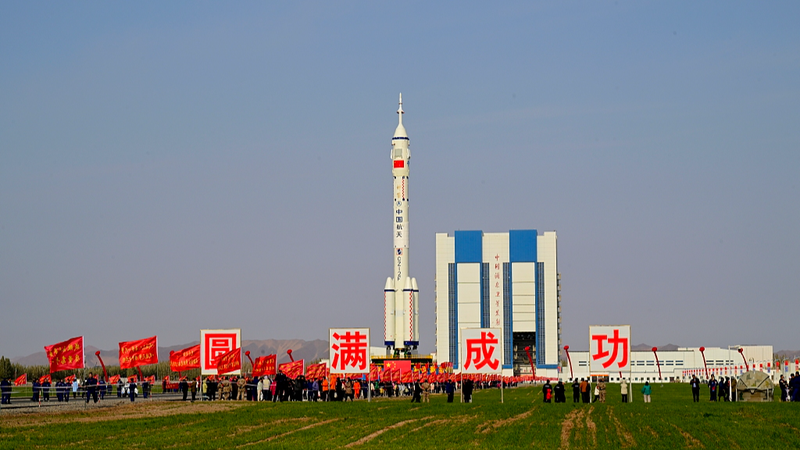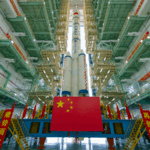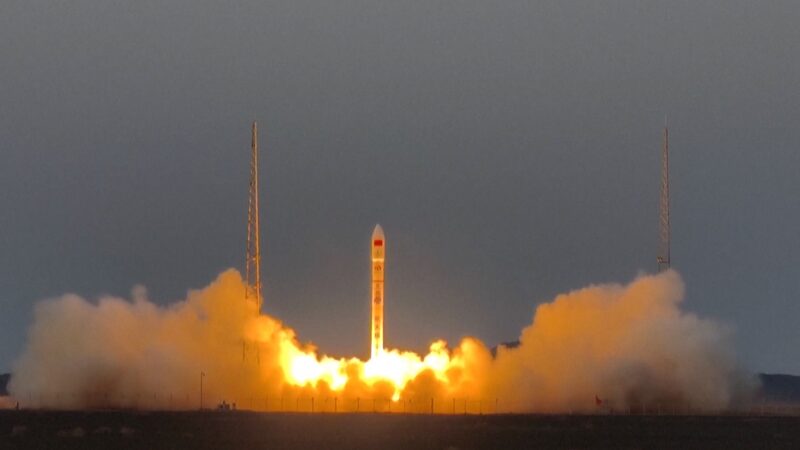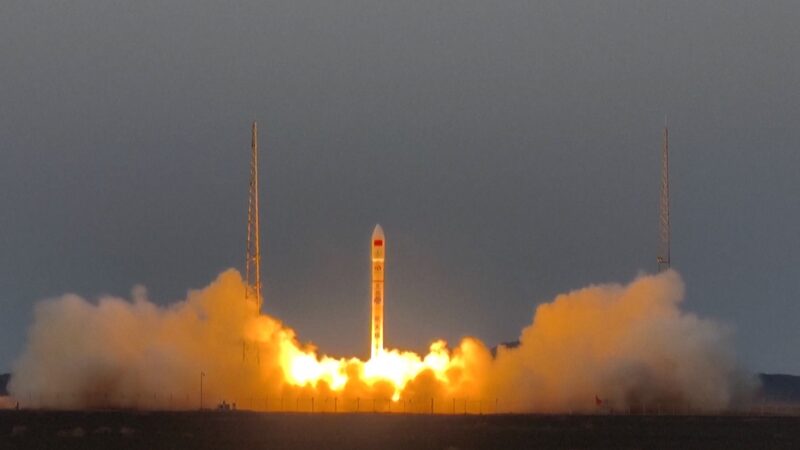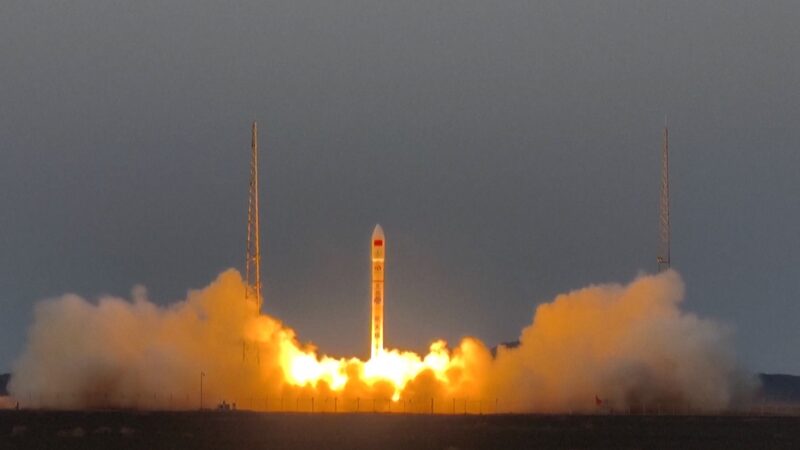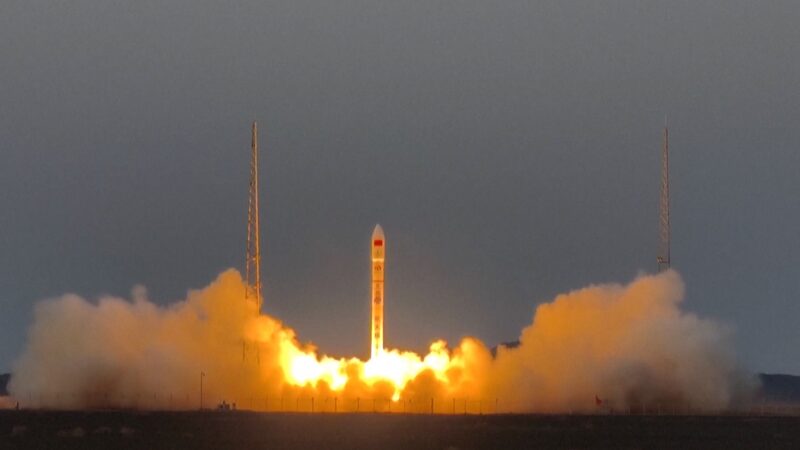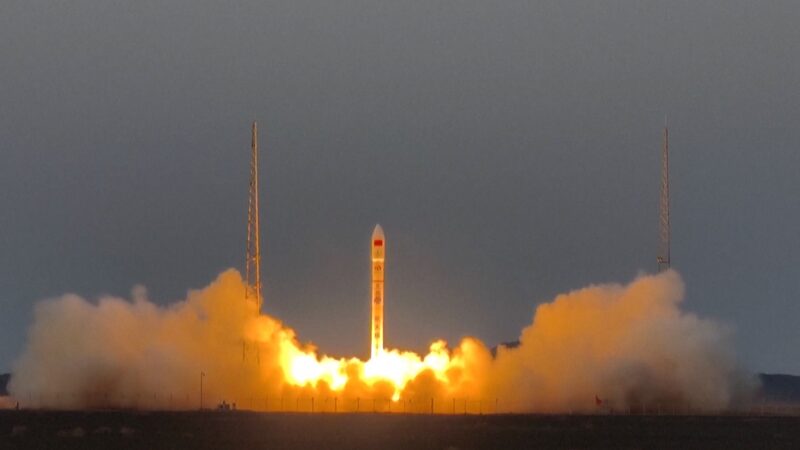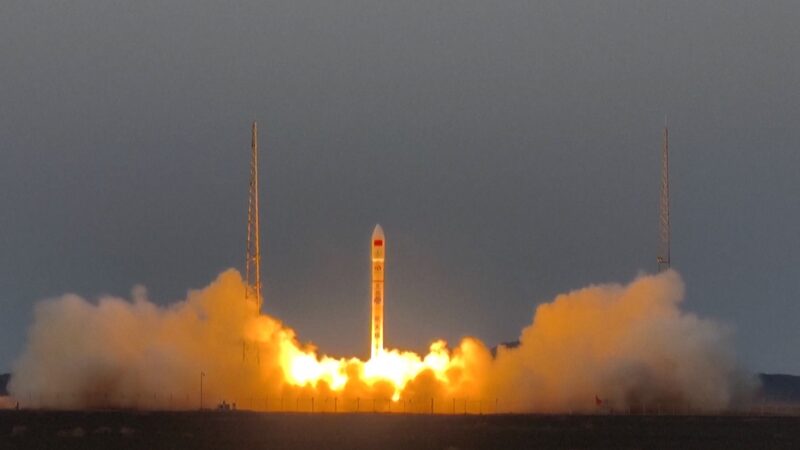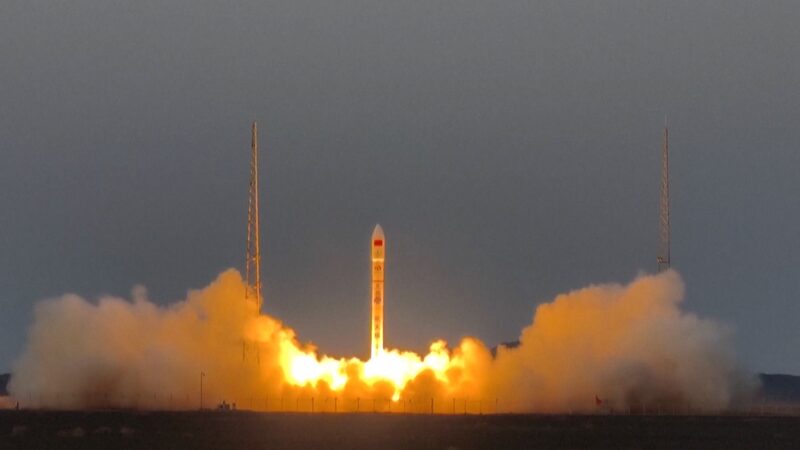As China prepares for its landmark Shenzhou-21 crewed space mission, engineers have unveiled the intricate process of moving the spacecraft-rocket combination to its launch site—a feat requiring precision engineering and meticulous planning. The transfer, completed Friday at the Jiuquan Satellite Launch Center, marks a critical step toward advancing China's manned space program.
The Gate Mechanism: A 30-Minute Ballet
The operation began with the slow ascent of the vertical testing facility's 20-tonne gate sections, lifted by steel cables and pulleys. Engineer Wang Ming described the process as "a carefully choreographed effort" to ensure structural stability during the 30-minute opening. The reveal of the 70-meter-tall Shenzhou-21 and Long March-2F rocket combination underscored the scale of China's space ambitions.
Power Supply Repositioning: A Critical Pause
Mid-transfer, the mobile launch platform halted for 30 minutes to reposition its power supply vehicle—a step Wang called "vital to maintaining uninterrupted systems." This adjustment ensured continuous electrical support during the 1.5-kilometer journey along seamless rails.
Overcoming Rail Gaps
Minor vibrations caused by rail gaps posed temporary challenges, but Wang emphasized rigorous pre-transfer inspections: "We conduct maintenance checks to mitigate friction risks. These safeguards ensure smooth operations despite the combined weight of over 500 tonnes."
Backup Readiness and Dual Compartments
The testing facility's dual-compartment design allows rapid deployment of backup rockets via rail switch vehicles. This innovation, Wang noted, enhances emergency response capabilities while maintaining operational stability—a key factor in China's growing space station program.
The Shenzhou-21 mission will be China's 10th crewed spaceflight since initiating its space station project, reflecting the country's expanding role in orbital research and international space collaboration.
Reference(s):
Engineer explains challenges of Shenzhou-21 spacecraft-rocket transfer
cgtn.com
